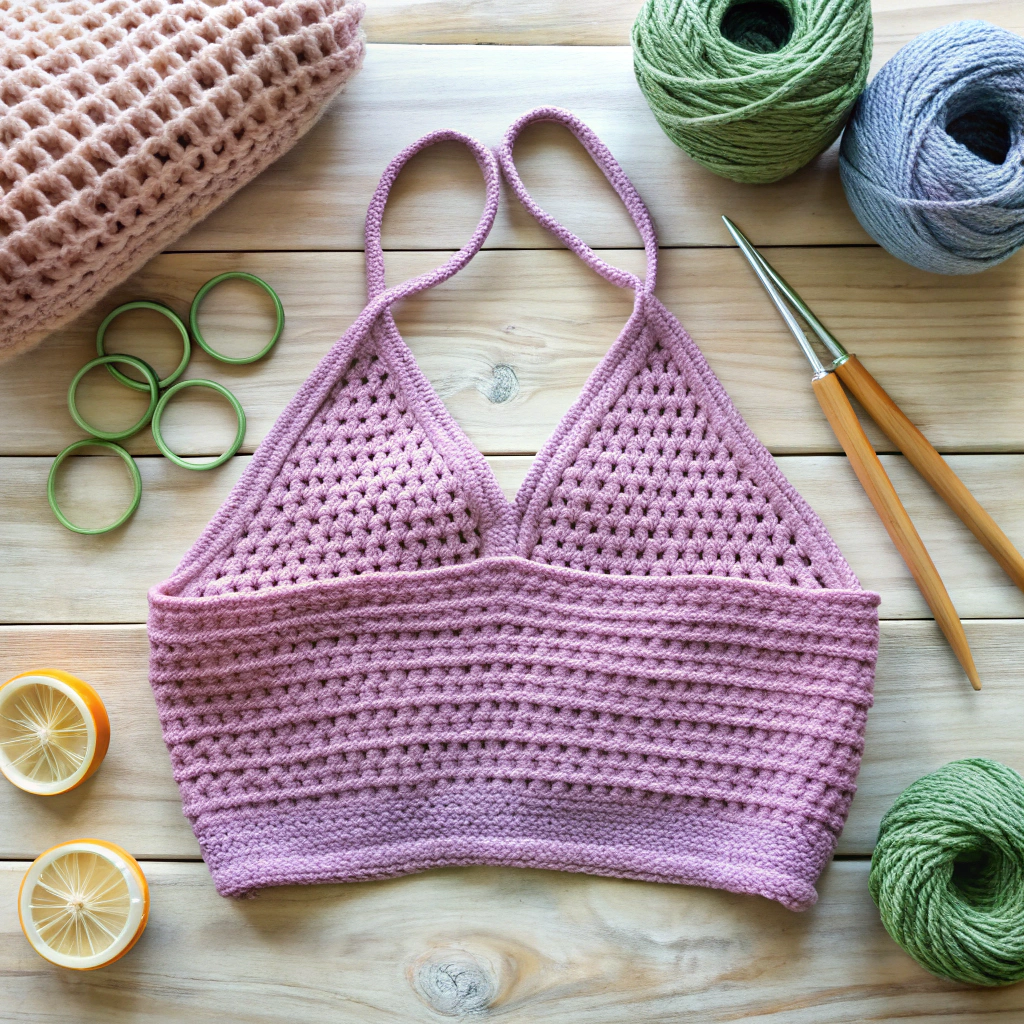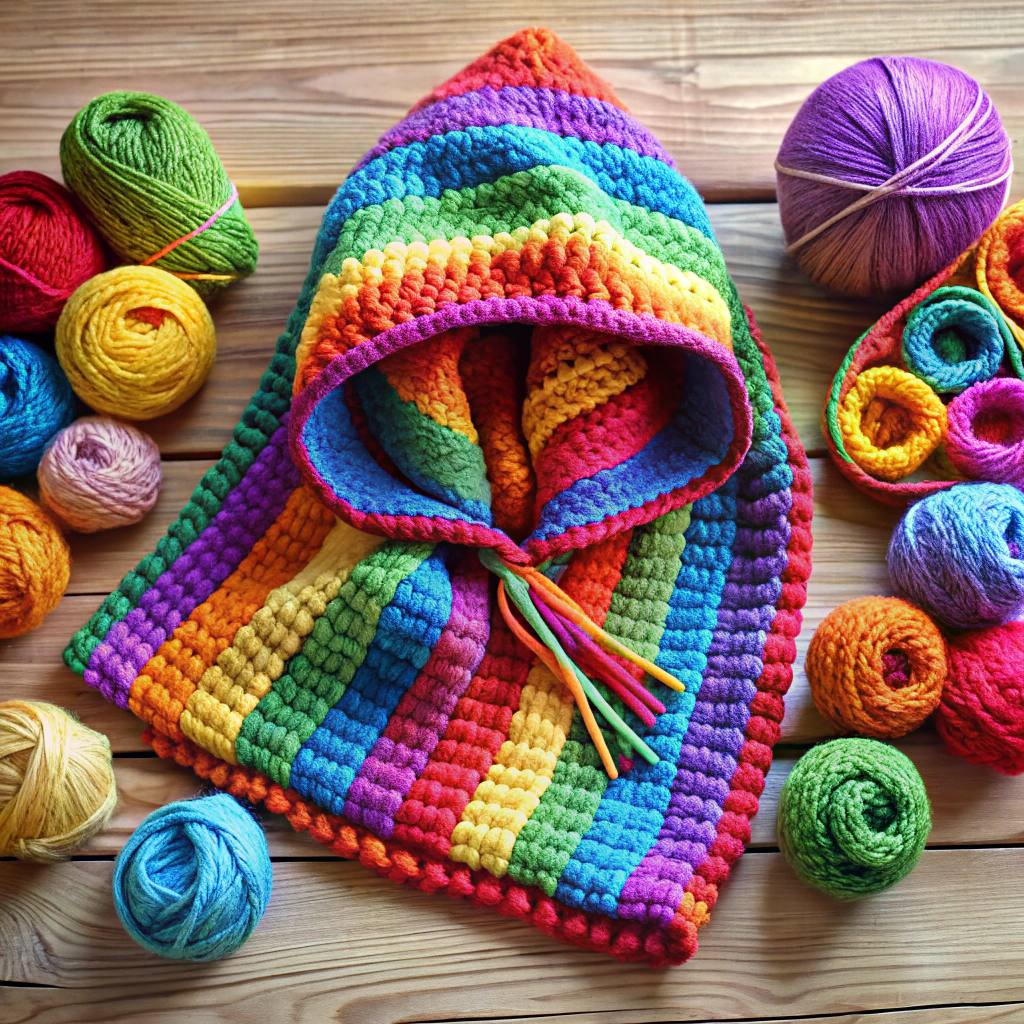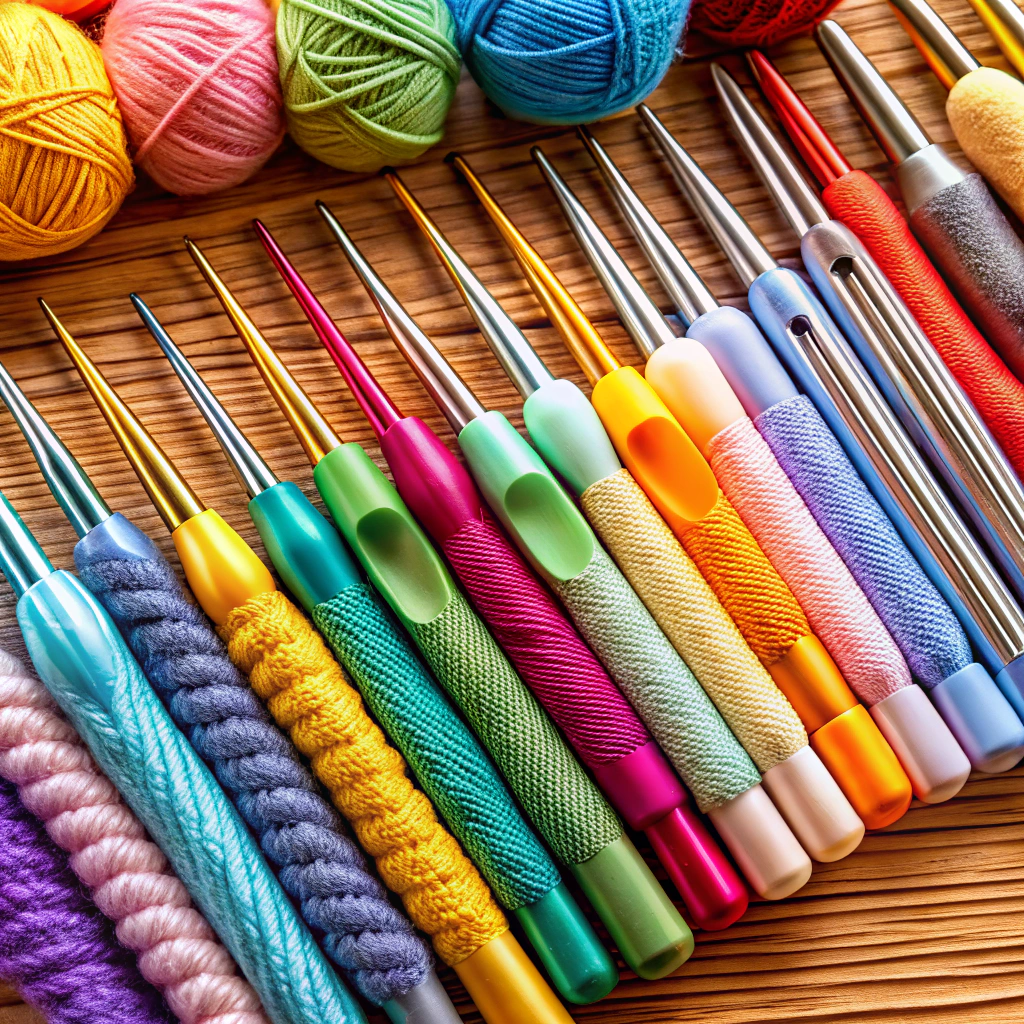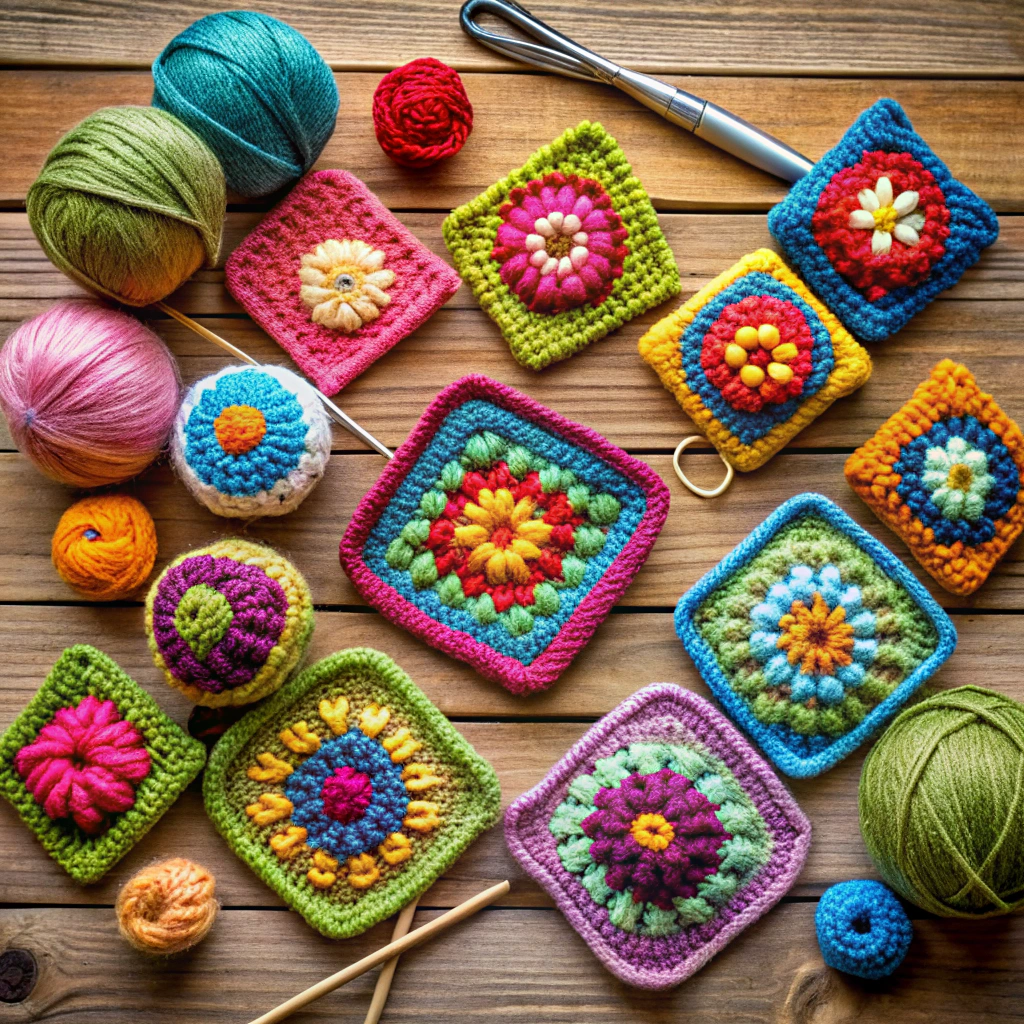Learn how to seamlessly change colors when crocheting in the round for a stunning, multicolored masterpiece.
Choosing crochet colors is like picking ice cream flavors—go bold or stay calm, just don’t blame us if you want a second scoop! Switching hues in a round can be trickier than a squirrel on caffeine, but fear not. We’ve gathered all the yarny wisdom you’ll need, from seamless joins to tightening those pesky tails, and even navigating the infamous color jog. Grab your crochet hook, and let’s turn that tangly chaos into a kaleidoscope of crafty genius.
Key takeaways:
- Choose bold or subtle colors for your project.
- Gather tools: hook, yarn, scissors, and markers.
- Identify where to change colors accurately.
- Use a seamless join for a polished look.
- Maintain consistent tension to avoid issues.
Selecting Yarn Colors: Bold or Subtle?
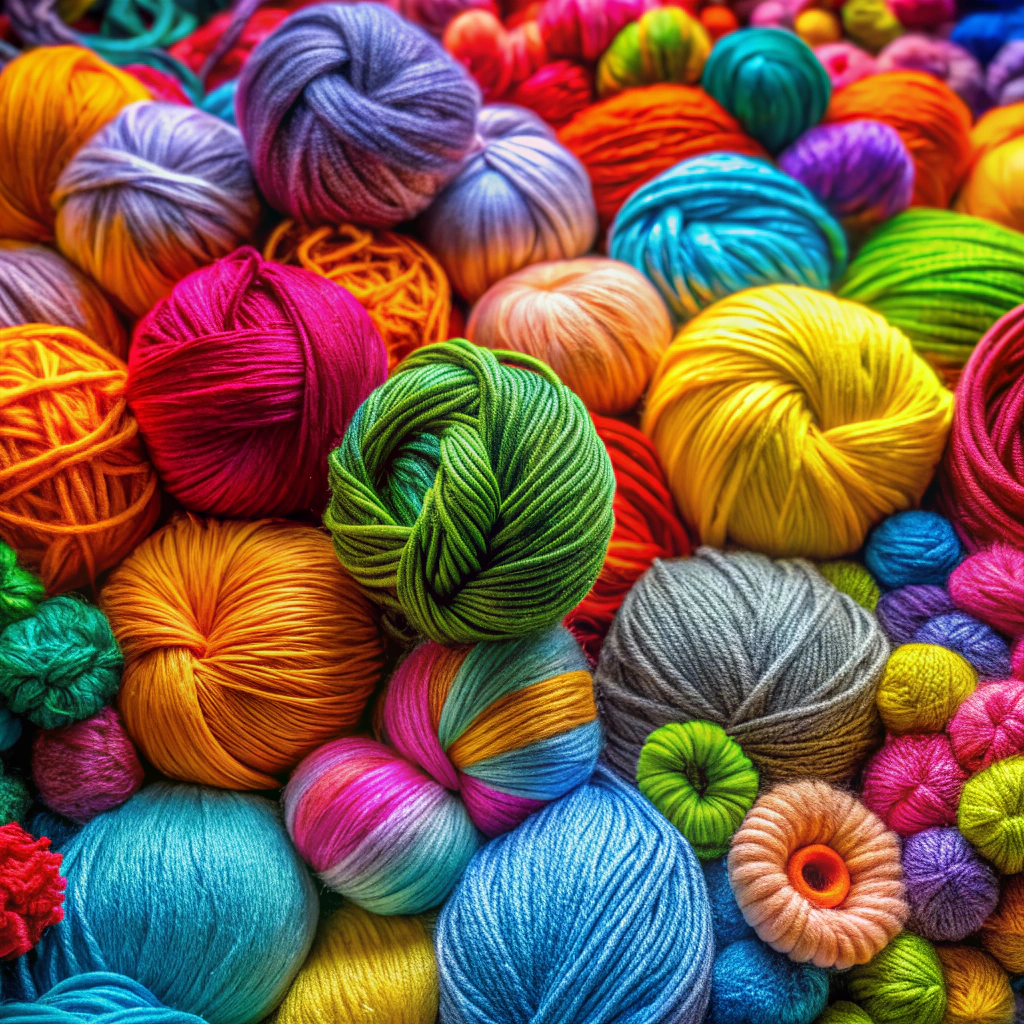
Choosing the perfect shades can be a blast and change a crochet project from dull to dazzling. Bold colors scream personality and make statement pieces. Just think of the sunniest yellow and eye-popping red holding hands in your latest creation. Subtle hues, on the other hand, sing a softer melody. They whisper elegance with a pastel palette or earthy tones that exude warmth. Both approaches hold their own charm.
Consider the project type—an adventurous scarf or a classic beret? Match it with your mood or wardrobe. Remember, if your color combo makes you giggle with glee, you’ve nailed it. Play around, swatch a bit, and let the yarn world be your oyster!
Gathering the Necessary Tools
First things first, grab your crochet hook and yarn of choice. And yes, your hook is like your trusty sidekick—choose it wisely. Your yarn should match the weight of the one you’re already using, unless you’re feeling adventurous. Either way, make sure it’s a perfect match in hue or contrast.
Don’t forget a pair of sharp scissors. You’ll need them for snipping purposes. Yarn needles are also helpful for weaving in those ends, or as I prefer to call it, “yarn tail tucking.” Keeping a stitch marker handy is smart if you’re the forgetful type or just like to keep things tidy.
A comfy chair and good lighting? Well, those aren’t tools exactly, but they sure do make life easier. Bonus if you have a furry friend nearby to keep you company, as long as they don’t make a run for your yarn ball.
Preparing the New Yarn Color
Here we go. You’ve picked your snazzy new color, and now it’s time to get it ready for its debut. Just like packing for a vacation, but for yarn!
First, roll a small ball from your skein or hank if it’s a tangled mess. You don’t want your new color to resemble a spaghetti explosion mid-project.
Next, keep a couple of inches of yarn tail free. You’ll need this tail for weaving in later. Think of it as the yarn’s security blanket.
Lastly, check that the gauge of your new color matches the old. We don’t want this switch to look like a rollercoaster ride for stitches. Consistency is key, so your colors strut side-by-side instead of limping behind.
Identifying the Color Change Point
Ready for a whirlwind of color? Timing is everything!
As you crochet in the round, pinpoint where the old color ends and the new one begins. The last yarn-over of the final stitch in your current color is prime territory for the switcheroo.
Stay vigilant; a stitch ahead or behind isn’t just fashionably late—it’s plain obstinate!
And remember, just like sneaking cookies when no one’s watching, the change should be subtle enough to be unnoticed at a glance. Your project will thank you for the seamless blend!
Hop on the color train at the right stop, and keep chugging away!
Mastering the Seamless Join Technique
Avoid that color clash chaos. Here’s how:
First, when you’re ready to change colors, start your last stitch in the old color but don’t finish it. Hold your horses—a stitch isn’t complete until it is.
Grab your new color and pull it through the loops to complete the stitch. Voilà, the new color is in town.
For a ninja-level seamless look, make sure you tug both yarns lightly. Not enough to strangle them, just a gentle pat.
Remember, the party doesn’t end until you weave in those tails. So give those yarn ends some backstage attention to keep everything neat.
And just like that, you’ve executed the seamless join—nobody’s stressing, everyone’s impressed.
Tightening and Securing the Yarn Tails
When you’re done with a color change, those yarn tails might look like they’ve been through a tiny yarn hurricane. But don’t worry, it’s nothing a bit of tightening can’t fix. Here’s how to tame those frayed beasts:
- Give the tails a gentle yet firm tug to snug them up against your work. It’s like a handshake, but for yarn.
- Secure each tail by weaving it back and forth through a few stitches. This isn’t a dance move, but it can sure feel like one.
- If you’re feeling fancy, make a small, invisible knot. Just be careful not to create a mini-sculpture in the process.
- Aim for a natural finish, blending those tails into the fabric like a ninja in a wooly disguise.
With a little finesse, your yarn tails will no longer pose a threat to the neatness of your crochet masterpiece. So go forth and crochet with confidence, free of loose ends!
Weaving in Ends: Hide and Seek
Grab your trusty yarn needle and get ready to play an exciting game of hide and seek with those pesky yarn tails. You don’t want them popping out like an uninvited guest at a dinner party.
First, thread the yarn end through the eye of the needle like threading a camel through the eye of a needle… or something like that.
Then, weave the tail back and forth through the stitches. It’s like dancing the cha-cha around your crochet piece.
Switch directions a couple of times. Why? It gives those ends something to puzzle over like a squirrel with a Rubik’s Cube.
Avoid pulling too tight. You’re securing yarn, not trying to win a tug-of-war.
Finally, cut the tail close to the fabric. But not too close! Unless you fancy a peekaboo yarn tail.
By focusing on these simple points, you can keep your ends impeccably hidden, and your crochet piece looking polished and professional.
Maintaining Consistent Tension
Hold onto your hooks because the secret sauce of a perfect color change lies in tension. Here’s how to get it right.
First, keep it even-steven. Let each stitch be as uniform as a soldier in formation. No one wants a bumpy road where smooth sailing should be.
Next, go Goldilocks with your pull. Not too tight, not too loose, but just right. This ensures a neat and tidy transition without any funky bunching.
Finally, monitor yarn flow. If it feels like you’re wrestling a yarn octopus, step back and breathe. Tension tantrums are best avoided by being gentle.
Avoiding the Color Jog Sensation
That pesky color jog can sneak up on even the nimblest of fingers. Luckily, tactical measures are at your disposal.
Begin by transitioning colors at the slip stitch join, not at the start of the round, to outsmart the jog with an element of surprise.
Consider the “invisible join” strategy. This involves ending the round and starting the new color with a different stitch, like a sneaky ninja, to keep things even-steven.
Elevate your game with a “standing stitch.” It’s like a surprise party of single stitches, and everyone loves a good party, right?
And finally, remember the power of consistent tension. Nothing jazzes up a round like a wonky stitch that thinks it’s the life of the party. Keep stitches uniform for a smooth ride through your yarn festivities.
Troubleshooting Common Color Change Issues
If your color changes resemble a rainbow explosion and not in a good way, don’t panic.
First, ensure you’re not holding tension like you’re arm wrestling. Loose or tight tension can result in sloppy color transitions. Relax and let the yarn flow like a Saturday afternoon nap.
Maybe your edges look like a twisted braid? Check if your joins aren’t twisted like a pretzel, and consider resetting with a clean, even approach.
Stray tails sneaking out for a peek can ruin your masterpiece. Weave them in thoroughly but remember—no hide-and-seek champ has ever had a tail poking out.
Colors lined up like they’re queuing for hotdogs at a festival? Watch your stitch count that sneaky extra stitch might be hitchhiking from row to row. Keep your stitches in check like traffic cones at rush hour.
Patchy coverage between color segments? Ensure you’ve got a snug fit at the changeover. Gap-toothed yarn is only cute if you’re knitting a monster.
If all else fails, remember, there’s no crochet police. Experimenting is part of the fun!
